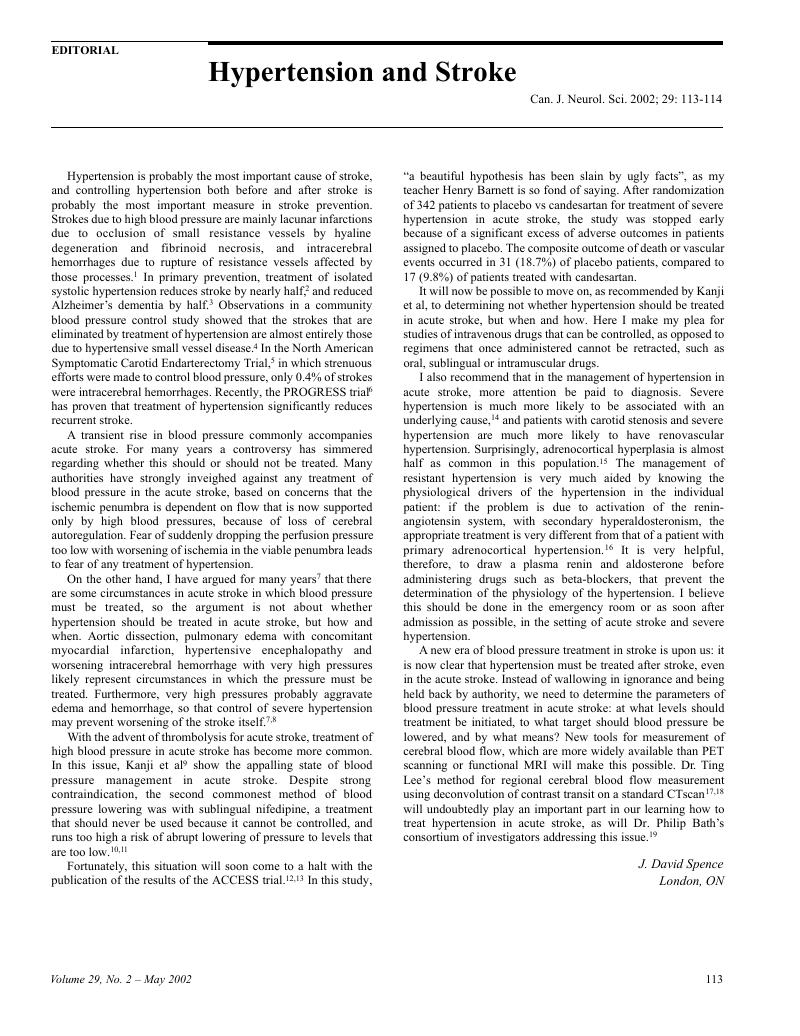Crossref Citations
This article has been cited by the following publications. This list is generated based on data provided by Crossref.
2003.
International Society of Hypertension (ISH).
Journal of Hypertension,
Vol. 21,
Issue. 4,
p.
665.
Jensen, Matt B.
Yoo, Bongin
Clarke, William R.
Davis, Patricia H.
and
Adams, Harold P.
2006.
Blood Pressure as an Independent Prognostic Factor in Acute Ischemic Stroke.
The Canadian Journal of Neurological Sciences,
Vol. 33,
Issue. 01,
p.
34.
Spence, J. David
2007.
Comprehensive Hypertension.
p.
931.
Wang, Yilong
Xu, Jie
Zhao, Xingquan
Wang, David
Wang, Chunxue
Liu, Liping
Wang, Anxin
Meng, Xia
Li, Hao
and
Wang, Yongjun
2013.
Association of Hypertension With Stroke Recurrence Depends on Ischemic Stroke Subtype.
Stroke,
Vol. 44,
Issue. 5,
p.
1232.



